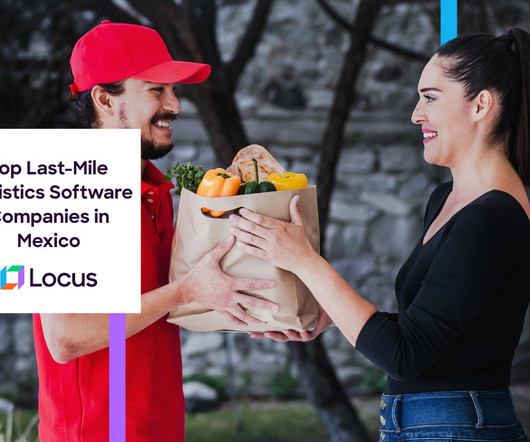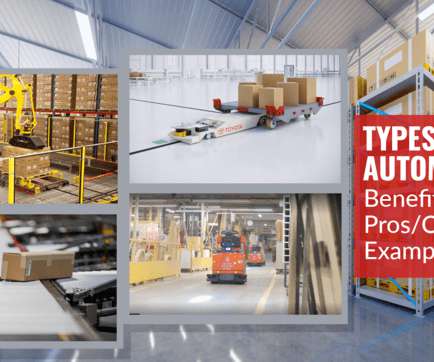Mastering Disruption: A Smarter, More Connected Approach
Logistics Viewpoints
MARCH 27, 2025
Most supply chain and logistics teams have recognized that the only way to combat todays incredible level of uncertainty is by adopting and applying digital tools. The pace and scope of supply chain disruption are beyond human cognition, manual analysis, and consumer-grade spreadsheet tools. billion to $23.07
















Let's personalize your content